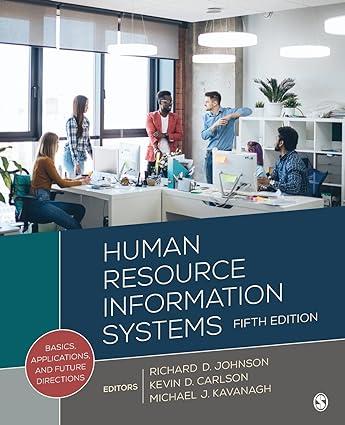With instant coffee, baby food, and bottled water in the mix, Nestl crunches more than just chocolate.
Question:
With instant coffee, baby food, and bottled water in the mix, Nestlé crunches more than just chocolate. The world’s number-one food and drinks company in terms of sales, Nestlé is also the world leader in coffee (Nescafé). It also makes coffee for the home-brewing system, Nespresso.
Nestlé is one of the world’s top bottled water makers (Nestlé Waters), one of the biggest frozen pizza makers (DiGiorno), and a big player in the pet food business (Friskies, Purina). Its most well-known global food brands include Buitoni, Dreyer’s, Maggi, Milkmaid, Carnation, and Kit Kat. The company also owns Gerber Products. North America is Nestlé’s most important market.(1)
Nestlé has over 2,000 brands, which are made in 418 factories located in 86 countries, and it employs nearly 330,000 employees selling products in 191 countries.(2) How does one feed this growing concern? Mergers and acquisitions is one answer, yet that does not solve the skills gap issue faced worldwide. The firm credits their success to their top-down/
bottom-up approach to training.
Top-down. Their Rive-Reine International Training Centre in Switzerland, since the late 1980s, has served as the focal point for mentoring and training from senior management.
Trainee selection matches local domestic managers’
candidate nominations, who hail from over 80 countries, with corporate-driven selection criteria usually resulting in a class of 15 to 20 nationalities from differing areas of expertise.
Who teaches these classes? Course leaders, as they are called, provide instruction to about 1,700 managers and are composed predominantly of highly experienced executives from numerous locations, with consultants teaching only 25%
of the 70 courses offered per annum. The courses have two differing foci: internal operations and working with external stakeholders.
Executive courses and industry analysis: This series of courses has been created to assist managers who attended management courses between five and 10 years ago to develop the ability to identify and work with key external stakeholders (i.e., customers, competitors, suppliers). The focus is on industry analysis from the stakeholder’s point of view and the actions they might take (i.e., what are our competitors’ mostly likely actions, and how do we counteract them?).
Management courses, operations, and business value chain:
Two-thirds of the classes in this program are taken by managers who have been with the company five years or less. Here, managers learn about the firm’s business model
(its internal operations) and the underlying values that drive that model.(3)
Bottom-up. An important factor in Nestlé’s productivity is the skill set of entry-level workers. Employers invest in the skills of new entrants as an alternative to hiring more experienced people, partly on grounds of cost but also for the opportunity to shape ways of working around specific technologies and processes and particular company values.(4)
For most employees at Nestlé to be successful, they must have a passion for learning, and their recruitment process emphasizes this. Once hired, employees’ training is predominantly on the job (OTJ), where an employee’s supervisor serves as mentor, providing motivation and guidance to ensure employees’ growth. Before training can begin, whether formally or informally, employees must possess the basic skill set necessary for continued learning
(i.e., reading, writing, computer usage, oral communications, etc.); this is usually provided through an employee’s schooling. In certain countries, their education may have been inadequate, and the worker may decide to improve their skill set, especially in the area of communications.
Special programs have been established to provide such training on a country-by-country basis. Once employees have acquired the basic skill set, individualized development formal training programs are created that increase workers’
knowledge, skills, and abilities (KSAs). New employees with high school or university qualifications inevitably enter management-training programs in their local centers....
Questions 1. For what purposes does Nestlé train and develop employees?
2. What challenges does Nestlé face in conducting their training programs?
3. Which skill sets does Nestlé focus on in their training programs?
4. What on-the-job training methods does Nestlé utilize in their training programs?
5. What forms of off-the-job training are available at Nestlé?
6. What are some of the ways that Nestlé’s training programs address career development?
7. What trends in training and development is Nestlé
utilizing, and what trends could they benefit from?
Step by Step Answer:

Human Resource Information Systems
ISBN: 9781544396743
5th Edition
Authors: Richard D. Johnson, Kevin D. Carlson, Michael J. Kavanagh





